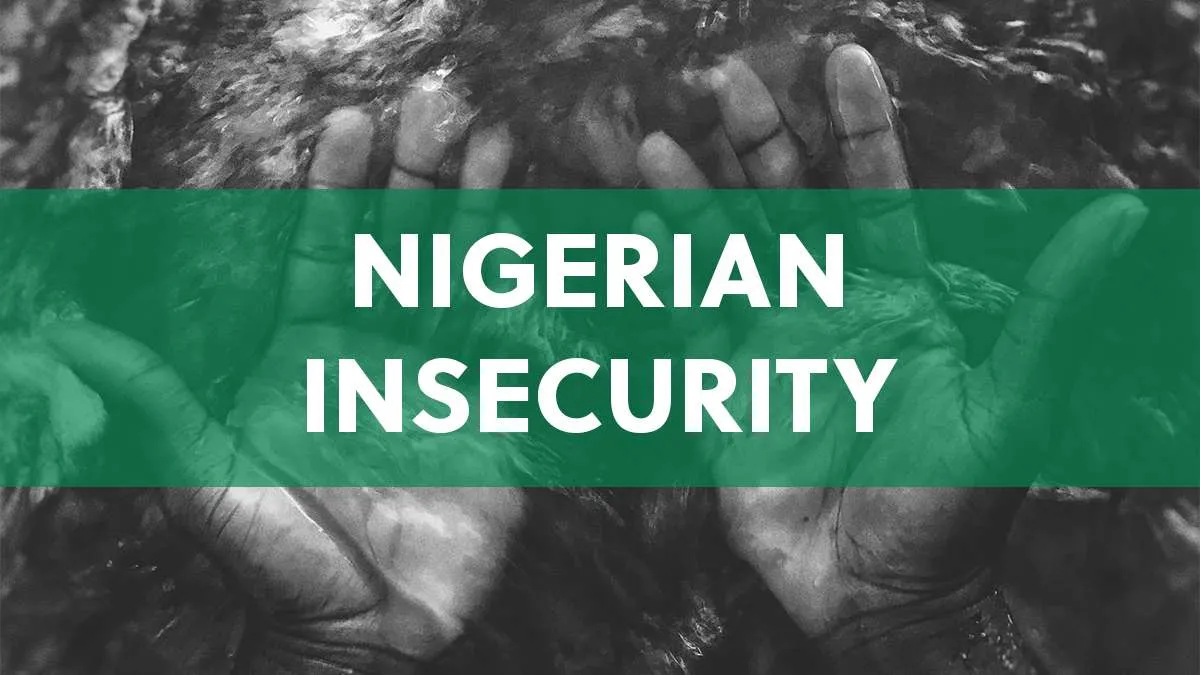
Just recently, the global consulting giant, KPMG, published its 13th edition of the year-on-year Banking Industry Customer Experience Survey; an impressive shift from its poplar “Customer Satisfaction Survey” (CSS) The new report acknowledges that simply satisfying customers’ is not an end in itself; to gain competitive advantage, banks must design their customer experience journey to become a point of difference. The 2019 survey research was conducted through face-to-face and online survey methodology completed in Q2 and Q3 2019.
For the sample groups, data was gathered from 25,466 retail customers, 3,045 SMEs and 369 commercial/corporate organizations. The seeming drop in aggregate performance on customer experience from past performance reports raises concern on the industry’s commitment to using their growing technological investment to scale customer experience. Amid the parameters used for determining respondents’ customer experience preference within the sample groups; quality of service experience and financial stability are notably the most prevalent. Access to credit/loans and understanding/support of business needs came third in ranking for SME and Wholesale respectively, whilst image and reputation were rated third in the retail segment.
The report’s commentary on “personalization” was equally instructive, as it explains how banks can use their privileged access to data to target the heart and wallet of the new-age customer who seeks hyper-personalized experiences. According to the report, “We see Personalization as the most valuable component. Individualized attention makes customers feel valued and drives an emotional connection to the brand.” However, whilst personalization, defined largely as adopting the latest Artificial Intelligence-based individualized techniques, has become the go-to strategy for improving user experience, maximizing the emotional benefits of customer interaction remains a big challenge for many banks. This holds, not only in Nigeria but also in other emerging markets that seem to be hot in heels to replace humans with technology. I will revisit this in the latter part of this piece. Although one can argue that KPMG’s survey results have emerged the gold standard measure for customer experience ranking amongst Nigerian banks; there however remains pressing need to further unpack the customer survey stack in a way to make the banks themselves more responsive to the long term benefits of designing memorable experiences for their customers.
To any informed reader, the first attention-grabber in the 2019 survey report is that out of the 36 states that make up the target population about eleven states were left out of the sample. This leaves out a significant portion of the qualified sample population. Although 70% geographical coverage could appear representative enough, however, some of such excluded states represent a section of the country that are relatively densely populated with low financial literacy count. Some of them include Adamawa, Maiduguri, Taraba, and Gombe. The exclusion of these locations in practical terms could limit the generalizability of the study’s results. While it can be argued that the pervasive nature of digital technologies such as Mobile phones, Social media, and Mobile apps have circumvented geographical barriers and connected inhabitants in these states to the “Global Village”; yet given that those states are low on digital penetration, their exclusion could have skewed the overall perceptual outcome of the report.
Still, on data collection, it is common knowledge that Nigerians are often quick to express their excitement and rage through voice. In this instance, the contact centers of the banks have remained prime channels of customers’ last resort which a holistic survey should not ignore. If 40% of customers who are predominantly the millennial bracket visit the banking halls or the contact centres to transact business or lodge complaints, then the efficiency of banks in the use of Interactive Voice Response Systems (IVRs) technology to serve the customers should be of more than a passing interest in measuring CX. Smart IVR technology enables companies to draw on readily available information like phone numbers, browsing interaction, and transaction history. Greeting callers by name even before they say “hello” and reminding them of past encounters like the way radio stations engage callers during phone-in programs is one sure way of tracking and measuring First Contact Resolution (FCR) experience of the customer. The same way inability to connect at such critical moments could spell even greater doom for a bank.
Financial stability has remained a permanent feature on the KPMGs service scoring sheet. Reference to financial stability as a customer experience parameter, in my opinion, is overrated as it seems to sway more to the consultant’s considered wisdom rather than the customer’s voice Financial stability as a key consideration in patronizing or recommending a bank is at variance with recent reports reflecting the fears and expectations of the dominant tribe of millennials in interacting with banks and their services. The age of connected commerce speaks more to personalization and self-service rather than the imageries of bank vaults. Whilst financial stability will refer to the capacity of the bank to operate profitably in a manner that guarantees its survival as a business, and ultimately the security of customer’s funds, what is essentially perceived as stability to the average customer could simply mean regulatory pronouncements or the cumulative of media analysis about a brand showing either positive or negative trends. Not to however ignore that a great number of customers within the traditional customer category will hardly let go of the dog-eared nuggets that “the old generation banks are more financially stable than new generation banks”
Closely related to this is another argument that the 5 most rated banks by the KPMG survey have historically accounted for over 60% of the marketing communication spending in each of the years? This could “shine one’s eyes” on how persuasive advertising and content targeting could favor the loud and visible in a customer survey. Beyond the above observations, I am mainly curious about two missing legs in the mix. Firstly, today’s mobile employee wears two hats; that of a customer and also a first-line consumer of banking services. Future surveys could explore the relationship between employee experience (EX) and customer experience (CX) in influencing customer service expectations. Polling pivotal employees could provide some creepy insight into the subject. Secondly, for a report which lends enviable bragging benefits to service champions in the banking industry, the introduction of neuroscientific research methods such as biometric measurements, EEG and eye-tracking solutions could help minimize elements of conscious and unconscious bias which are oftentimes generated from volunteer respondents in most quantitative surveys.
Google, Microsoft, Disney, Hyundai, and Coca-Cola, are examples of such companies that have used neuro-marketing tools to provide deepening insights that traditional research methods are unable to do.
Studies in Consumer behavior, for instance, show that customers when faced with questions bordering on their complaints management experience with their bank, are very likely to offer answers even when they have not experienced such a problem. Indeed, providing perceived intelligent answers, and acceding to the body language of the interviewer are some of the common flaws associated with such a survey as the seasonal Nigerian banking survey. In the coming years, behavioral surveys rather than seeking literary answers based on popular parameters will be expected to identify the most powerful emotional motivators for a given customer segment and use the data to lend functional interpretation to the efficiency of the brand’s products and services.
When you ask customers for their most memorable experience with a brand, most of the answers you will likely get will border on emotional impact. Some of such include: “I love the bank”, “their staff is nice and courteous”, “they support creativity, they are fast, they always respond to phone calls”. Customers hardly relate to such jargons as innovativeness, reputation, financial stability, and product efficiency. One of the greatest accolades for the 2019 KPMG report is its emphasis on the critical roles of the C-Suite in using customer Journey maps to drive value. Because of market pressures, and the dearth of intelligent data, most C-Suite executives continue to judge the long term impact on business with short-term fiscal metrics and in the process underestimate the risk of poor customer experience to the business. Rather than the frayed focus on quick-wins and low-hanging fruits, Chief Finance Officers (CFOs) for instance need to understand customer journey mapping as critical to resource allocation, customer service, and profitability.
Ezurike, a fellow, National Institute of Marketing of Nigeria (fnimn), wrote from Lagos.






